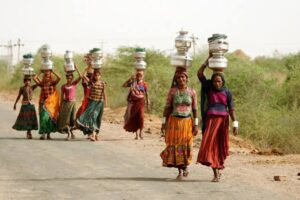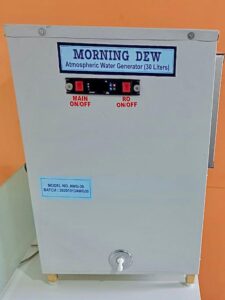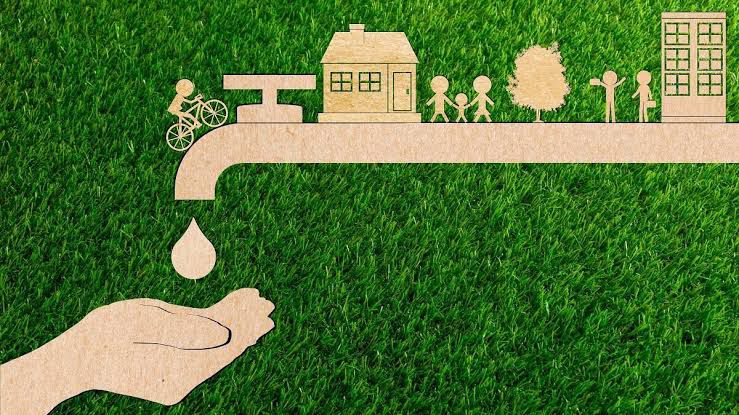A community-scale atmospheric water generator is a system that collects atmospheric moisture and converts it into potable water. By harnessing the natural moisture in the air, it might be used to supply a community with potable water. To keep the collected water safe for human use, this system often employs condensers, filters, and storage tanks. In places where freshwater is scarce, this is a long-term solution. Energy inputs for AWG can be substantial, or it can run passively off of temperature changes in the environment. According to biomimicry research, the Stenocara gracilipes beetle already possesses the innate skills necessary to accomplish this goal.
Technologies
Most systems rely on some sort of cooling mechanism, however, hygroscopic approaches are showing some promising results. Hybrid systems utilize all three of these processes in one convenient package.
Atmospheric Water Generator project in villages
The lack of available water has far-reaching consequences for rural communities, including economic growth, agricultural output, and quality of life. Due to factors including climate change, pollution, and over-exploitation, traditional water sources like wells and rivers may no longer be reliable. The implementation of an AWG project in such a community has the potential to dramatically alter residents’ access to and use of water in the area.

WaterMaker India claims that 600 people in a place with a dry tropical climate and an elevation of roughly 60 meters above sea level have had access to potable water since 2009, thanks to the water-from-air initiative in Jalimudi. This is a major victory for the water-from-air industry. In other parts of the world where water is scarce, the Jalimudi project can serve as a blueprint.

An AWG project can have far-reaching effects on a rural community. First, it’s a safe and dependable way to get water to drink. Lowering the prevalence of illnesses brought on by drinking contaminated water, directly benefits public health. The burden of traveling long distances for water will be lifted from the shoulders of women and children, freeing them to focus on more worthwhile pursuits like learning and earning a living.
Conclusion
Water availability, public health, agriculture, and environmental sustainability are all areas that could see dramatic improvements from an Atmospheric Water Generator project in a rural community.


